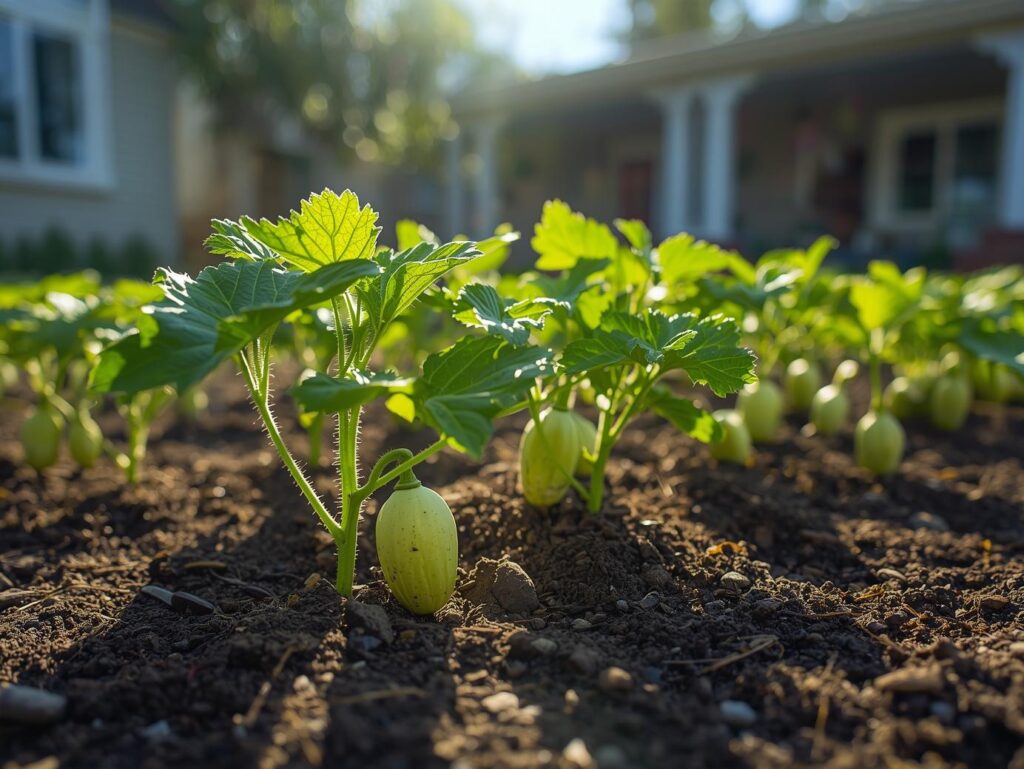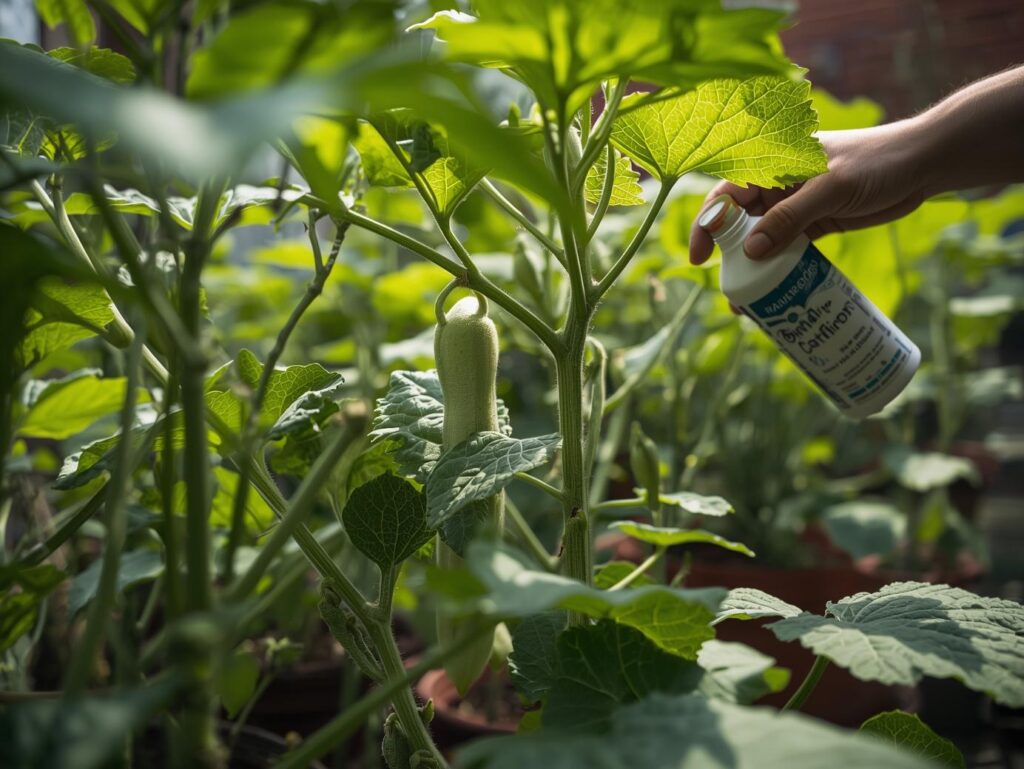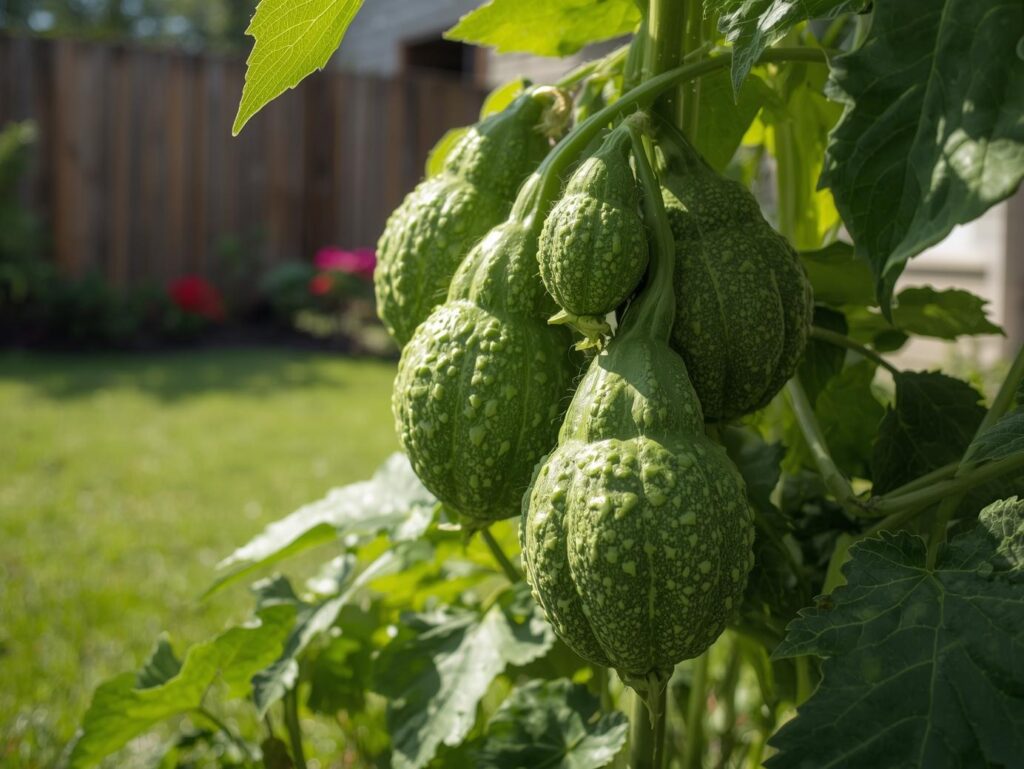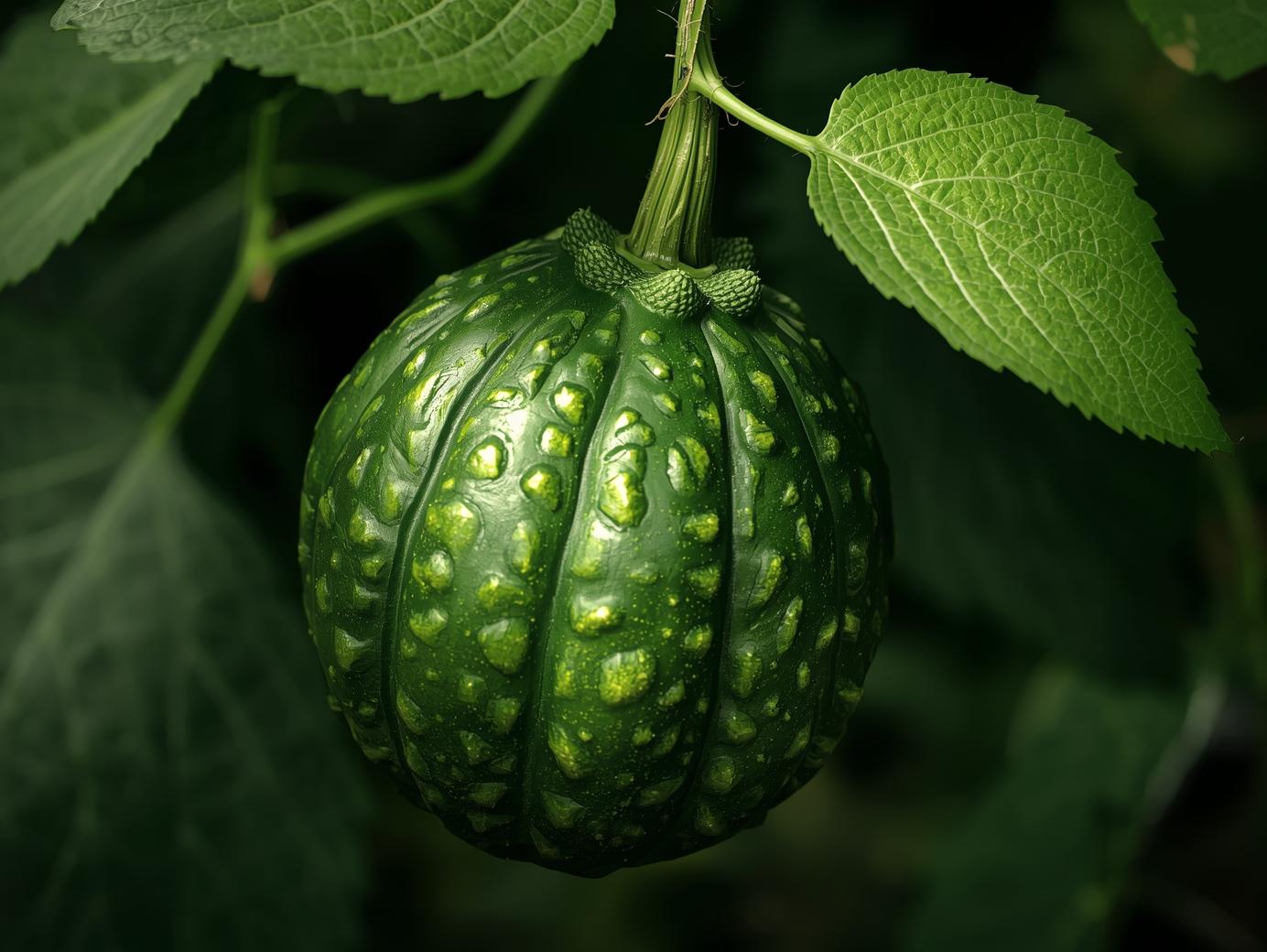Site Preparation
Proper site preparation is the foundation of a healthy bitter gourd garden. Choose a sunny spot in your courtyard that receives at least six to eight hours of direct sunlight daily. Bitter gourd thrives in warm conditions, so ensure the site is protected from cold winds and frost. Start by clearing weeds, stones, and debris, as the plant needs a clean bed for strong root development. Raised beds or large containers work well in U.S. courtyards, providing good drainage and space for spreading vines.
Before planting, loosen the soil to a depth of 12 to 15 inches to promote root growth. Mixing compost or well-rotted manure into the soil boosts fertility and moisture retention. Since bitter gourd vines grow vigorously, installing a trellis or vertical support before planting helps manage space efficiently. Preparing the site thoroughly not only ensures healthy growth but also simplifies maintenance as the plant matures.
Soil Selection
Choosing the right soil plays a major role in the success of bitter gourd cultivation. This tropical vegetable prefers well-drained, sandy loam soil that is rich in organic matter. The soil pH should be slightly acidic to neutral, ideally between 6.0 and 7.0. Heavy clay or waterlogged soils can cause root rot and poor growth. If your courtyard soil is dense, amending it with compost, coco peat, or perlite will improve aeration and drainage.
Bitter gourd roots develop best in light, fertile soil that allows air and water to move freely. Adding organic compost not only enriches the soil but also encourages beneficial microorganisms. For U.S. gardeners using containers, choose a deep pot with a high-quality potting mix. Proper soil preparation ensures that nutrients and moisture reach the roots consistently, resulting in healthy vines and abundant fruit production.
Planting
Planting bitter gourd requires attention to timing and spacing. In most regions of the USA, it’s best to start seeds indoors three to four weeks before the last expected frost, as the plant prefers warm soil for germination. Soak the seeds overnight in water to soften the hard outer shell and promote quick sprouting. Transplant the seedlings outdoors when temperatures remain above 60°F, spacing them about 12 to 18 inches apart.

When planting directly outdoors, sow the seeds one inch deep in prepared soil. Each planting hole should be enriched with compost to boost early growth. Bitter gourd vines need space to spread, so provide trellis support immediately after planting. Vertical growth not only saves courtyard space but also enhances air circulation, reducing the risk of fungal diseases. Consistent warmth and sunlight ensure steady vine growth and early flowering.
Watering
Bitter gourd plants need regular and balanced watering to thrive. Keep the soil consistently moist but not waterlogged, as excessive moisture can lead to root diseases. Deep watering twice a week is ideal, though frequency may increase during dry spells or hot U.S. summers. Mulching around the base of the plants helps retain soil moisture and prevents rapid evaporation.
Avoid watering the foliage directly, especially in the evening, to minimize fungal infections. Instead, use drip irrigation or direct watering at the soil level. Maintaining steady moisture supports vigorous vine growth and promotes healthy fruit formation. Uneven watering can lead to deformed or bitterer fruits, so consistency is key throughout the growing season.
Fertilizing
Bitter gourd is a heavy feeder that requires a steady supply of nutrients for strong vines and high yields. Before planting, enrich the soil with organic compost or well-rotted manure. Once the plants begin vining, feed them every two to three weeks with a balanced fertilizer high in potassium and phosphorus to encourage flowering and fruit development. Overusing nitrogen-based fertilizers can lead to lush foliage but fewer fruits.
For organic gardening, use compost tea or liquid seaweed extract as a natural growth booster. These options enhance soil fertility while promoting overall plant health. Regular feeding during the flowering stage improves fruit quality and production. A balanced fertilization plan ensures that bitter gourd plants remain healthy, disease-resistant, and productive throughout the growing season.
Pruning and Training
Pruning and training are essential for maintaining healthy bitter gourd vines in limited courtyard spaces. Regular pruning encourages better air circulation and allows sunlight to reach all parts of the plant. Remove yellow, damaged, or excess leaves to prevent overcrowding and pest buildup. Pinching the tips of young vines when they reach about two feet in length stimulates the growth of side branches, which usually produce more flowers and fruits.
Training the vines on a trellis or vertical support system helps maximize space and keeps the fruits clean and straight. A well-trained plant is easier to manage and produces better-quality gourds. Pruning also directs the plant’s energy toward fruiting rather than excessive vegetative growth. Proper training and maintenance can turn even a small U.S. courtyard into a lush, productive bitter gourd garden.
Pest and Disease Control
Bitter gourd plants can attract common garden pests such as aphids, fruit flies, and whiteflies. Regular inspection and early intervention help prevent infestations from spreading. Spraying a mild neem oil solution or insecticidal soap can effectively manage most pest problems without harming beneficial insects. Introducing ladybugs or lacewings also helps naturally control pest populations in courtyard gardens.

Diseases such as powdery mildew and downy mildew can affect bitter gourd, particularly in humid conditions. Ensuring good air circulation, avoiding overhead watering, and spacing plants adequately are key preventive steps. Crop rotation and using disease-resistant varieties can also minimize issues. Keeping the garden clean and removing infected plant parts promptly helps maintain a healthy growing environment.
Fruiting and Harvest
The fruiting stage of bitter gourd is the most rewarding for gardeners. The plants typically start producing fruits about 50 to 60 days after planting, depending on the variety and growing conditions. Harvest the fruits while they are young, tender, and green for the best flavor. Overripe fruits turn yellow and taste much more bitter. Use a sharp knife or pruning shears to cut the fruits from the vine carefully.

Regular harvesting encourages continuous fruit production. Bitter gourds can be picked every two to three days during peak season. In cooler parts of the USA, growing bitter gourd in late spring or early summer ensures a long and productive harvest window. With proper care, even a small courtyard can yield a generous supply of fresh, healthy bitter gourds ready for home cooking or sharing with neighbors.
